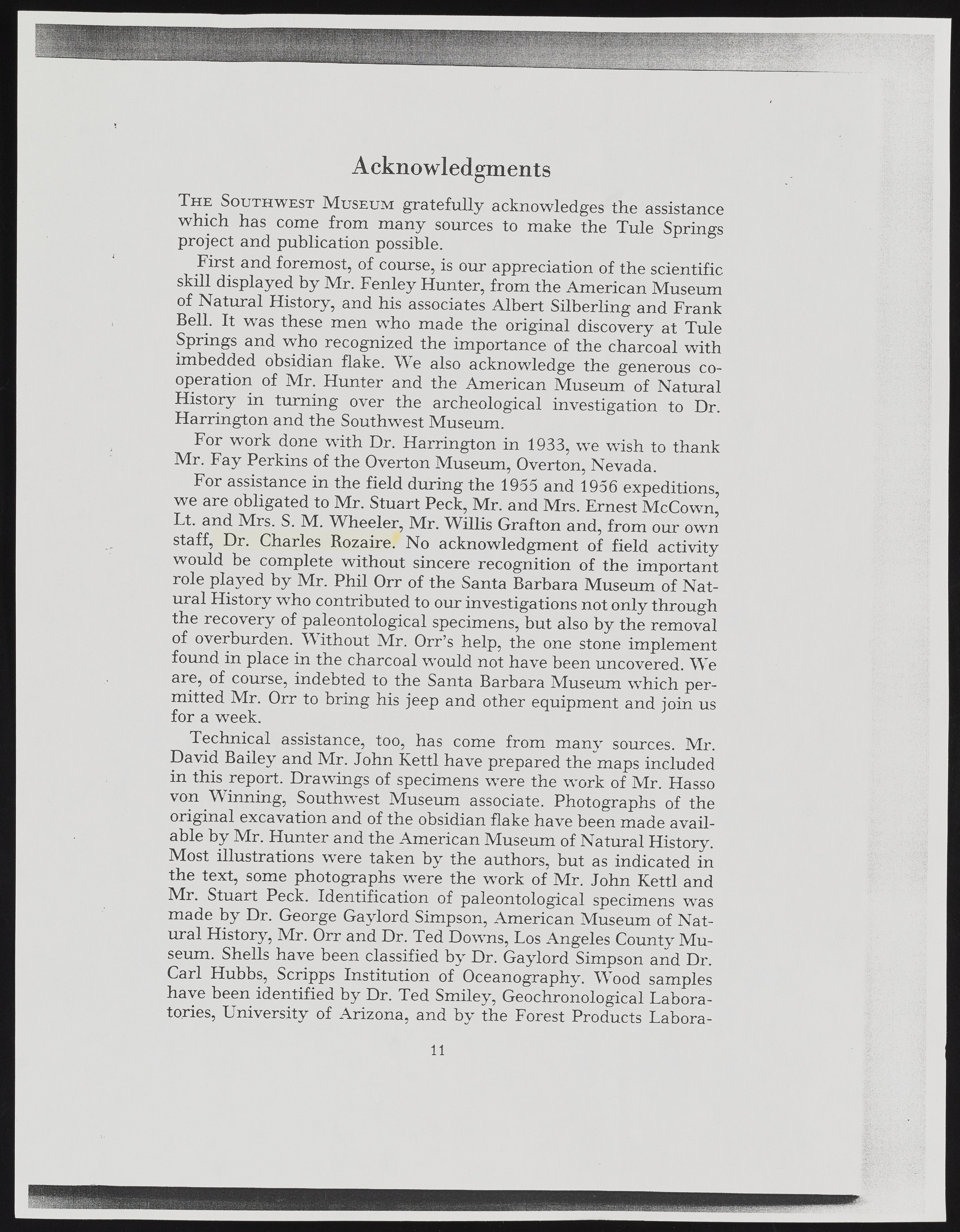Copyright & Fair-use Agreement
UNLV Special Collections provides copies of materials to facilitate private study, scholarship, or research. Material not in the public domain may be used according to fair use of copyrighted materials as defined by copyright law. Please cite us.
Please note that UNLV may not own the copyright to these materials and cannot provide permission to publish or distribute materials when UNLV is not the copyright holder. The user is solely responsible for determining the copyright status of materials and obtaining permission to use material from the copyright holder and for determining whether any permissions relating to any other rights are necessary for the intended use, and for obtaining all required permissions beyond that allowed by fair use.
Read more about our reproduction and use policy.
I agree.Information
Digital ID
Permalink
Details
Member of
More Info
Rights
Digital Provenance
Publisher
Transcription
Acknowledgments Th e Southw est M useum gratefully acknowledges the assistance which has come from m any sources to make the Tule Springs project and publication possible. First and foremost, of course, is our appreciation of the scientific skill displayed by M r. Fenley Hunter, from the American Museum of N atural History, and his associates Albert Silberling and Frank Bell. It was these men who made the original discovery at Tule Springs and who recognized the importance of the charcoal with imbedded obsidian flake. "W e also acknowledge the generous co-operation of Mr. H unter and the American L s e u m of N atural History in turning over the archeological investigation to Dr. H arrington and the Southwest Museum. For work done w ith Dr. H arrington in 1933, we wish to thank Mr. Fay Perkins of the Overton Museum, Overton, Nevada. For assistance in the field during the 1955 and 1956 expeditions, we are obligated to Mr. Stuart Peck, Mr. and Mrs. Ernest McCowm Lt. and Mrs. S. M. Wheeler, Mr. Willis Grafton and, from our own staff, Dr. Charles Rozaire. No acknowledgment of field activity would be complete w ithout sincere recognition of the im portant role played by Mr. Phil Orr of the Santa Barbara Museum of N atural History who contributed to our investigations not only through the recovery of paleontological specimens, but also by the removal of overburden. W ithout Mr. Orr’s help, the one stone implement found in place in the charcoal would not have been uncovered. We are, of course, indebted to the Santa Barbara Museum which perm itted Mr. Orr to bring his jeep and other equipment and join us for a week. Technical assistance, too, has come from m a n y sources. Mr. David Bailey and Mr. John Kettl have prepared the maps included in this report. Drawings of specimens were the work of Mr. Hasso von W inning, Southwest Museum associate. Photographs of the original excavation and of the obsidian flake have been made available by Mr. H unter and the American Museum of N atural History. Most illustrations were taken by the authors, but as indicated in the text, some photographs were the work of Mr. John Kettl and Mr. Stuart Peck. Identification of paleontological specimens was made by Dr. George Gaylord Simpson, American Museum of Natural History, Mr. Orr and Dr. Ted Downs, Los Angeles County Museum. Shells have been classified by Dr. Gaylord Simpson and Dr. Carl Hubbs, Scripps Institution of Oceanography. 'Wood samples have been identified by Dr. Ted Smiley, Geochronological Laboratories, University of Arizona, and by the Forest Products Labora- 11

